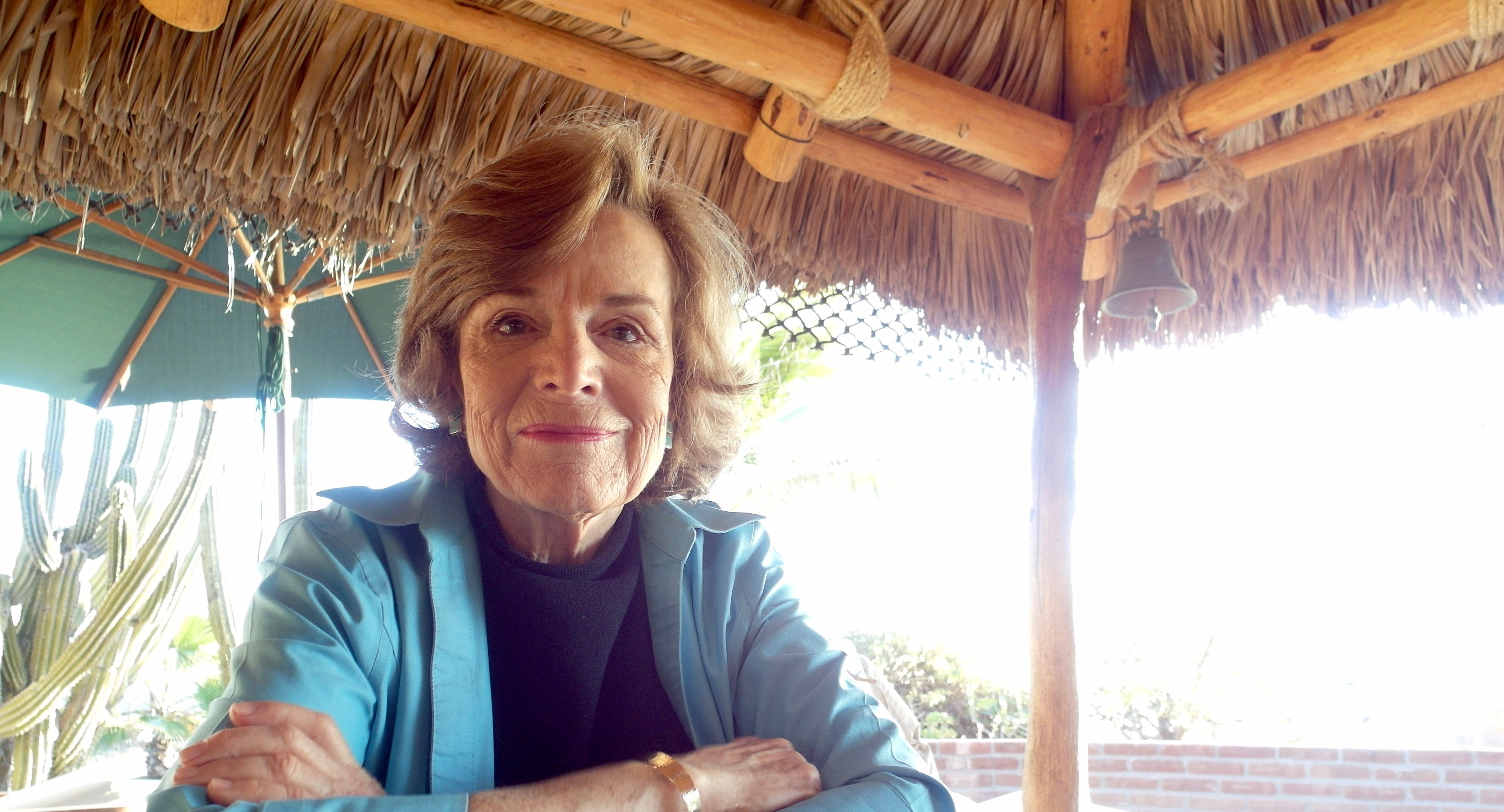The swarm of jack mackerel looks like a silver wall in front of the divers. Bright sunlight breaks through the water surface and makes the fishes’ scales shimmer like an artfully forged mirror. As if following an invisible sign, the animals abruptly turn and fly up before quickly returning, as one undulating mass.
Sylvia Earle, 80, glides slowly past the bodies, an underwater camera in her hand. The photo yield has been plentiful today, on the reef at Cabo Pulmo, a small coastal town on the southern end of Mexico’s Baja California peninsula. The tiny village on the Sea of Cortez had once been a normal fishing village. The reef provided a decent income for a handful of families, but then the wealth of fish spread by word of mouth.
First came the recreational fishermen, then the trawlers with their longlines and nets. By 1980, the reef had been fished bare. After pressure from locals, Cabo Pulmo was declared a national park. Since then, fishing has been banned here. In the last three decades, the biomass of fish has more than quadrupled. And the people are earning good money from ecotourism.
That’s why Earle has selected Cabo Pulmo as a “Hope Spot.” She has identified about 200 of these kinds of locations through her foundation, Mission Blue. Together with the International Union for the Conservation of Nature (IUCN), she is working on a global action plan for marine reserves. In an interview, she explains why the ocean is so important for life on earth. ….
